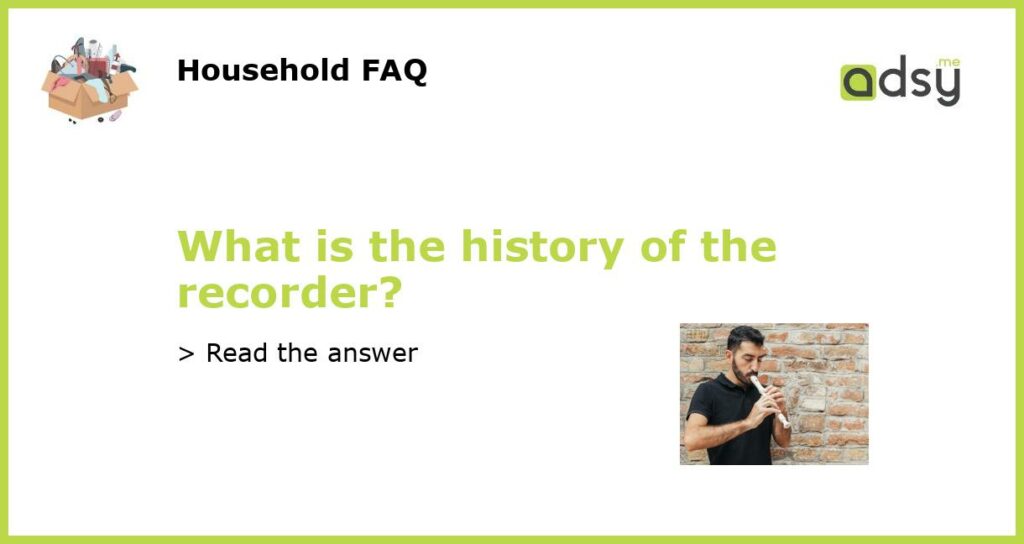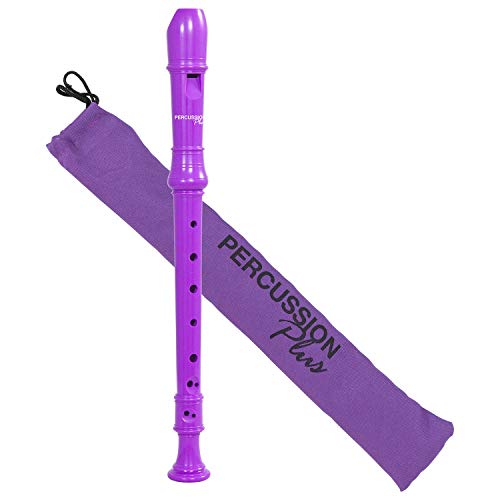The Origins of the Recorder
The recorder is considered one of the oldest woodwind instruments in existence, with evidence of its use dating back to the Middle Ages. Its roots can be traced back to instruments such as the medieval pipe and the flute. The early recorders were simple in design, made from a hollowed-out piece of wood with finger holes and a mouthpiece.
The Renaissance Era
During the Renaissance period, the recorder began to evolve and become more sophisticated. It was a popular instrument among nobility and was often used in chamber music. At this time, the recorder also gained its distinctive finger holes and a second octave, with more complex and intricate fingerings.
The Baroque Period
During the Baroque period, the recorder reached its peak in popularity. It was often played in large orchestras and was a staple instrument in many compositions by composers such as Handel, Vivaldi, and Bach. The Baroque recorder could come in a variety of sizes ranging from sopranino to bass, allowing for a wider range of sounds and tones.
The 19th Century and Beyond
During the 19th century, the recorder fell out of favor, with many musicians opting for other instruments such as the piano and the violin. However, the recorder experienced a resurgence in popularity in the mid-20th century, with musicians embracing its unique sound and versatility. Today, the recorder is often used in early music, folk music, and as an educational tool for young musicians.
The Future of the Recorder
While the recorder may not be as popular as it once was, it still holds a special place in the world of music. Its unique sound and versatility make it an excellent choice for musicians of all skill levels. Additionally, there is a growing movement to revive the recorder and bring it back into the mainstream. With new technologies and advancements in instrument design, the recorder is poised to continue evolving and adapting well into the future.






